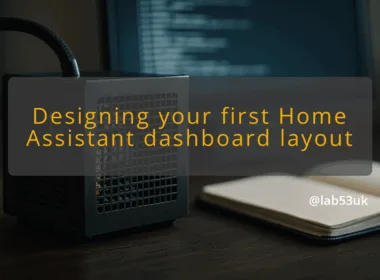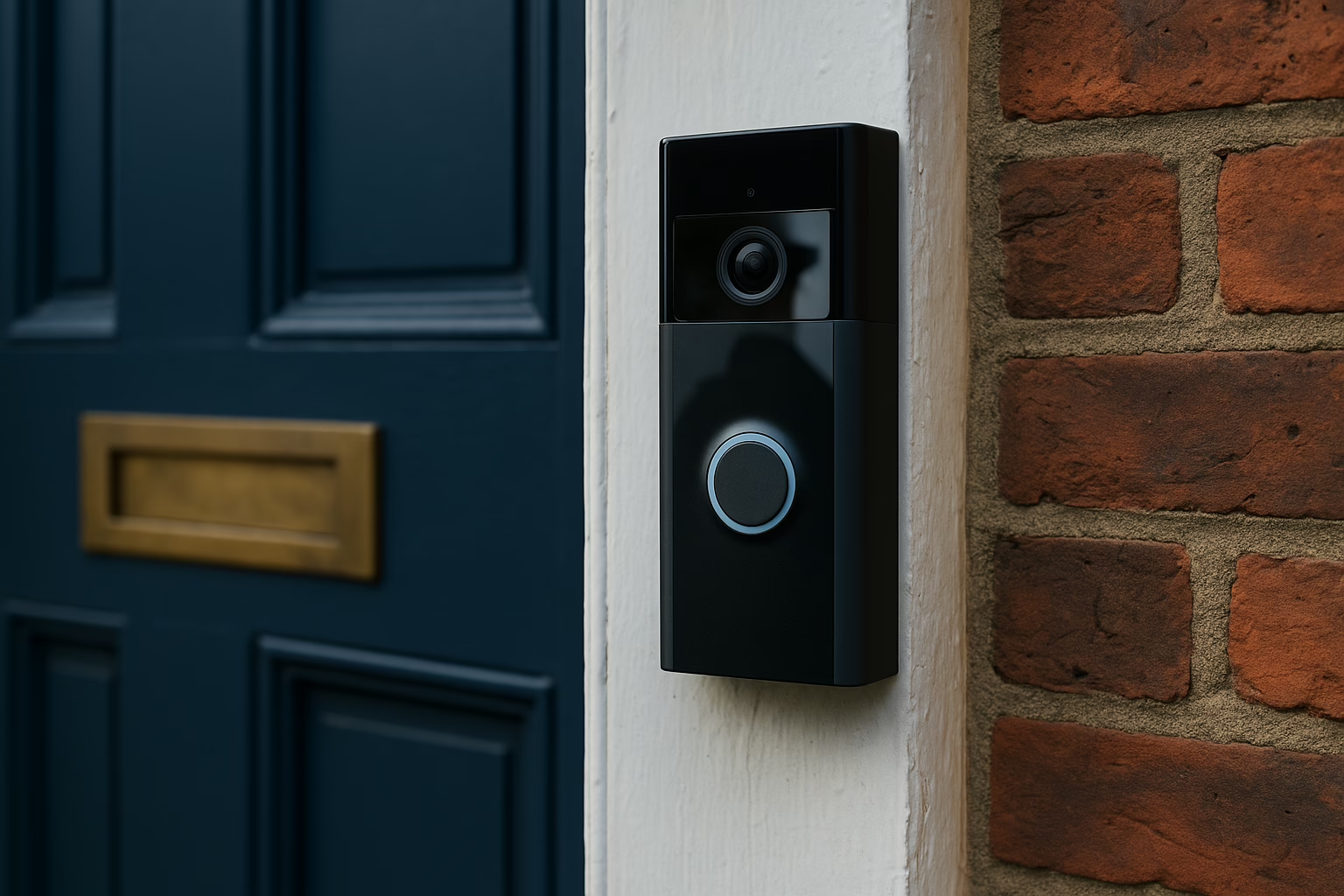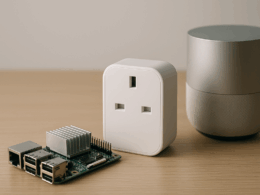In mid‑July Ring’s founder, Jamie Siminoff, returned as chief product architect and announced an “AI‑first” roadmap. The company is restoring its interface with Axon so police forces in the United States can once again request, and in future livestream footage from private cameras. Although the feature is launching across the Atlantic, Ring operates a single worldwide cloud platform. Anything enabled in America can, with minimal effort, be enabled here.
Why it matters in Britain
Under UK GDPR, anyone whose camera captures people outside their own boundary becomes a data controller. You must:
- post clear signage
- keep recordings proportionate
- respond to subject‑access and deletion requests
- document a lawful basis for processing.
The forthcoming Data (Use and Access) Act 2025 will expand investigatory powers for public authorities. If Ring activates a police‑portal interface in the United Kingdom, footage requests could become routine and largely friction‑free.
Principal risks for UK residents
| Risk | UK‑specific concern |
|---|---|
| Simplified police access | Officers already request video under the Police and Criminal Evidence Act 1984. A vendor portal would normalise bulk requests and weaken the warrant safeguard. |
| Expansion to live facial recognition | Courts have restricted live FRT, but integrating it with millions of doorbells would test those limits. |
| No local storage | Every British clip sits on Amazon Web Services. The Ring Alarm Pro base station that supports local recording is still unavailable in Britain. |
| Audio over‑capture | Ring microphones record several metres beyond the doorway. Excessive audio capture risks breaching the Data Protection Act. |
| Cross‑border transfers | Support pages confirm UK and EU footage may be mirrored to US data centres, raising adequacy concerns after Schrems II. |
| Chilling effect on protest | In the United States Ring footage has been used to monitor demonstrations; similar use here would undermine the right to assemble. |
Practical steps UK Ring owners can take today
| Step | Action that works in Britain | Reason |
|---|---|---|
| Limit the field of view | In the Ring app open Device Settings → Privacy Settings and set Privacy Zones. Adjust Motion Zones to cover only your driveway or doorstep. | ICO guidance requires you to minimise incidental capture of neighbours and public areas. |
| Disable or schedule audio | In Privacy Settings toggle Audio Recording off when it is not essential. | Reduces the risk of recording private conversations beyond your boundary. |
| Enable end‑to‑end encryption | Open Control Centre → Video Encryption and choose Advanced Encryption. Store the passphrase safely. | Amazon – and any police interface – cannot decrypt archived clips, though thumbnails and alerts remain visible. |
| Short retention | Go to Device Settings → Video Storage and set Auto‑Delete to the one‑day minimum. Export or erase older clips regularly. | With no local storage option, shorter retention shrinks the amount of footage that could be disclosed. |
| Harden the account | Switch two‑factor authentication from SMS to an authenticator app. Audit Shared Users and authorisations every quarter. | Compromised credentials are a leading source of Ring leaks. |
| Post clear signage | A small notice at your boundary stating “CCTV operates on these premises” satisfies the ICO’s fair‑processing requirement. | Informs passers‑by and helps avoid neighbour disputes. |
Alternatives with stronger privacy
| Product | Storage model | Privacy strengths | Caveats |
|---|---|---|---|
| Apple HomeKit Secure Video | End‑to‑end encrypted in EU iCloud centres | Vendor cannot access recordings; on‑device analysis | Requires Apple hub and iCloud+ subscription |
| EufyCam S330 with HomeBase 3 | Local SSD or NAS | On‑device AI; RTSP for self‑hosting | Past thumbnail leak incident; check firmware |
| UniFi Protect Doorbell G4 | Local network video recorder | Full self‑hosting, professional hardware | Higher upfront cost and wiring |
| Home‑Assistant with Frigate (DIY) | Fully on‑premise | Open‑source stack; custom AI rules | Needs a Linux server or Raspberry Pi and technical skill |
Policy recommendations
- The Information Commissioner’s Office should publish clear guidance on private‑to‑police video portals before any UK launch.
- The Home Office should update the Surveillance Camera Code to cover vendor‑managed evidence portals and mandate annual transparency statistics.
- Local authorities could maintain a public register showing when private feeds are accessed, ensuring accountability.
Bottom line
Ring’s latest pivot raises a genuine prospect of household cameras acting as real‑time police eyes. British owners have no local‑storage option and the Neighbours social‑sharing feed remains US only, meaning every clip continues to pass through Amazon servers. The safest approach is either to lock down existing devices using the steps above or to move to hardware where you control the entire data path.
Treat your doorbell first as a data‑protection matter and only then as a security gadget. That mindset, reinforced by firm regulatory oversight, is the surest way to balance home safety with civil liberties in the United Kingdom.









